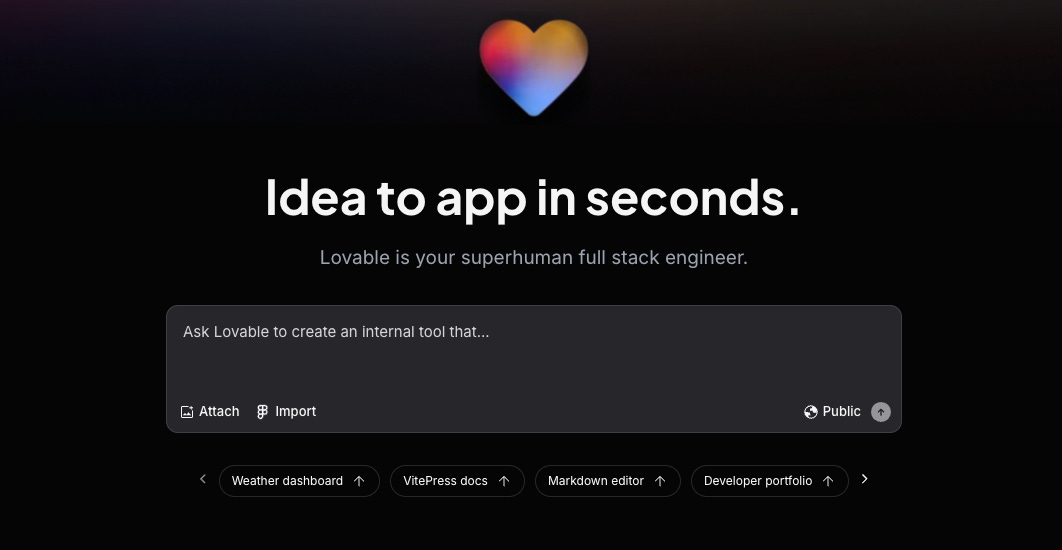The AI industry is highly competitive, especially in AI coding, second only to LLMs. I joked about the “AI coding war” yesterday with my friends, and today, there are already more milestones in this space.
Replit’s New AI Coding Agent
Replit just launched Agent V2, a big upgrade powered by Anthropic’s Sonnet 3.7. They told me it’s the first agent fully built with Sonnet 3.7, offering better UI generation, reasoning, debugging, and long-context processing. They worked closely with Anthropic for weeks to release this update.
Agent V2 is more autonomous. It thinks before making changes, finds the right files, and only edits when it has enough information. It avoids repeating mistakes, knows when to step back and rethink, and doesn’t get stuck in loops. Plus, it shows real-time previews, so users can see how their product is being built step by step.
Lovable’s Fast Growth and $15M Funding
Meanwhile, Lovable just raised $15 million in a Pre-A funding round led by Creandum, with investors including Lenny and executives from Meta, Hugging Face, and other tech companies.
Their revenue growth is even more impressive. They reached:
• $17M ARR in 3 months
CEO Anton Osika says their growth is still growing exponentially.
They achieved this with only $2M in costs. Lovable now has 500k users, and 30k paying customers, users create 25,000+ products daily with their platform.
Though Bolt.new grew even faster (hitting $20M ARR in 2 months and raising $105.5M at a nearly $1B valuation), Lovable is still one of the fastest-growing startups in Europe.
How Lovable Grew So Fast
Previously, I wrote about Bolt.new’s rapid growth. Lovable recently shared how they did it too. Their success comes from community and content, focusing on platforms like X (Twitter), TikTok, and YouTube. They also stood out by integrating with Supabase and Figma.
Lovable started as an open-source tool called GPT Engineer. After gaining popularity, the team turned it into a full product. Their key strategies for growth:
1. Build a Product People Love – Their top priority is solving real problems with useful features.
2. Encourage Users to Share – They got users to post their projects on X, LinkedIn, and YouTube. Hackathons and feature showcases helped spread the word.
3. Content & Co-Marketing – They focused on storytelling to promote their brand, partnering with Supabase, Replicate, and Resend for co-marketing.
4. Stay Active on Product Hunt – They launched on Product Hunt regularly to gain visibility.
Overcoming AI Limitations
Most LLMs struggle with complex projects. They fixed this by fine-tuning their system so that the limits of the LLM's knowledge don’t dictate the quality of the final product. This approach drastically reduces errors and makes scaling simpler and more reliable.
They use a retrieval-augmented generation (RAG) system, which helps their AI work well on both large and small codebases. This allows developers to finish projects without hitting roadblocks, which is a common issue with other platforms.
My Personal Experience
Lovable made it possible for someone like me, with zero coding skills, to build a working product. I recently used it to turn an idea into a prototype, and it’s almost ready to launch.
But then, I saw another developer use Cursor to make a similar product and get it onto the App Store’s paid rankings. This made me realize it’s worth investing in getting my product fully developed and launched.
Lovable’s journey from open source to a thriving product ecosystem is a masterclass in building with users, not just for them.
To me, the case of lovable implies helping developers and creators make real money might be the best way to solve real user problems.



